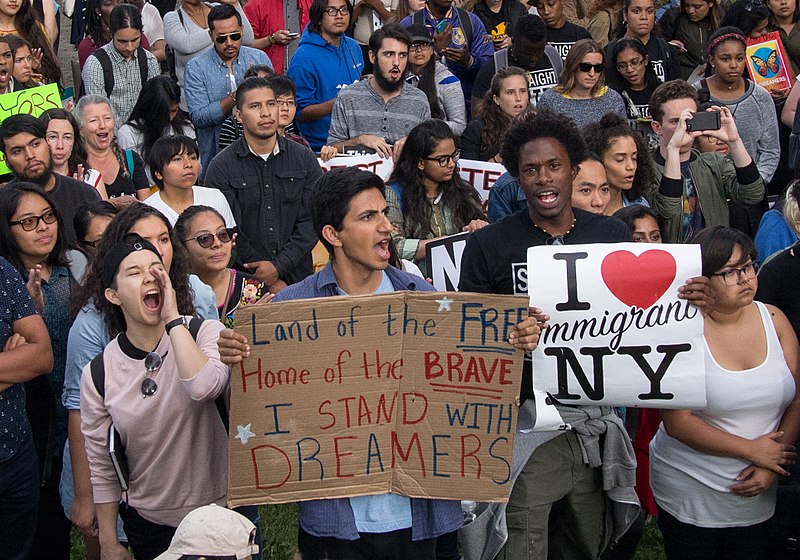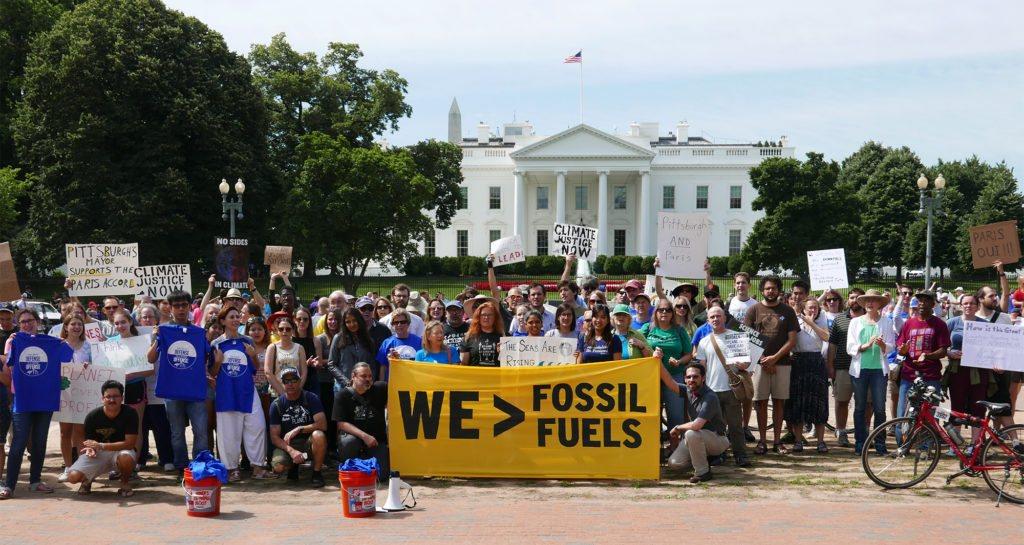
Ever since November 2016, many of us have felt like that train in the children’s parable constantly telling itself, “I think I can.” Sometimes we yelled it loudly. Sometimes we muttered it under our breaths. And sometimes, to be completely honest, we didn’t say it at all and caught ourselves slipping backwards as we let defeat wear against us.

However, the results from the elections held on November 7, 2017 proved that all of our hard work and effort and was completely worth it. And, we have lots to celebrate. There were the big wins – Democrat Phil Murphy winning the New Jersey Governorship race, and Democrat Ralph Northam winning the Virginia governorship. Then, there are the many historic wins. Democrat Danica Roem is the first elected openly transgender candidate to serve in the Virginia House of Delegates. Democrat Ravinder Bhalla is the first Sikh elected as mayor of Hoboken, New Jersey. Democrat Melvin Carter is the first African-American elected as the Mayor of St. Paul, Minnesota. Democrat Kathy Tran is the first Asian-American woman elected to the Virginia House of Delegates. Democrat Vi Lyles is the first African-American female to be elected as mayor of Charlotte, North Carolina. Democrat Andrea Jenkins is the first openly transgender black woman elected to public office in the U.S. Democrat Sheila Oliver is the first African-American woman lieutenant governor in the history of New Jersey. Democrat Joyce Craig is the first woman to be elected as mayor of Manchester, New Hampshire. Together, Democrat Elizabeth Guzmán and Democrat Hala Ayala are the first Hispanic women to be elected to the Virginia House of Delegates. Democrat and Liberian refugee Wilmot Collins has been elected as the first black mayor in the history of the state of Montana. Democrat and the first openly gay U.S. attorney Jenny Durken has been elected as the first openly gay mayor of Seattle, Washington. Democrat Justin Fairfax, Virginia’s lieutenant governor-elect, is the second ever African-American to hold a state-wide office in Virginia. Hijabi Muslim immigrant Mazahir Salih is the first Sudanese-American immigrant elected to the Iowa City Council, and it is likely that she is the first Sudanese-American person elected to governmental office in the United States. Tyler James Titus is the first transgender man to be elected to the Erie School Board in Pennsylvania.
Now that we’ve had time to celebrate these impressive and groundbreaking victories, we have to keep our momentum going. We must prepare for the next round of elections in 2018. On November 6, 2018, Americans will be making decisions on all 435 seats in the United States House of Representatives and 33 of the 100 seats in the United States Senate. Additionally, 39 state and territorial governorships and numerous other state and local elections will also be contested.
How?
- Refresh Ourselves – Now is a great time to revisit our mission statements and think about our purpose.
- We must remind ourselves what and who exactly we are fighting for.
- Also, who can we partner with to ensure our priorities and concerns are met?
- Retool and Revise Our Messages – Once we have recharged ourselves by revisiting our mission statements, we need to decide what work we’re going to focus on next and how we’re going to tell people what we are doing.
- What outcomes do we want to see in 2018?
- What issues are going to matter the most for us in 2018?
- How do we push forward within the boundaries of our mission statement?
- How do we convey these purposes and our goals to our different audiences?
- Also, we must make sure our final messages are clear, but powerful.
- Research Our Audiences (Again) – Each organization has its core followers who we can always depend on to support us, but in these post-victory moments we need to reevaluate who our audiences truly are.
- We must acknowledge that we are living in a time of rapid transformation of culture and attitudes, so keeping close to our target audiences is essential.
- What message or messages do we need to convey to our dependable core audience to thank them for their continued support and congratulate them for driving us to our victories?
- Looking ahead at the work that still needs to be done, do we risk alienating any of our core audience members with our newly retooled and revised messages?
- What demographics comprise our soft-yes voters?
- What do we need to do to try and convince our soft-yes voters to vote yes?
- What could persuade them to vote no, and how do we combat those messages?
- What or who could persuade them to vote yes, and how to we utilize that?
- Which spokespeople can we engage to make a difference to the soft-yes voters?
- What demographics are solidly in opposition – meaning no matter what, they’ll always vote against us – to our purposes and goals?
- We must know who these people are so we do not waste any time, energy, money, or efforts trying to engage them and change their minds.
- Get Out There and Do Our Work – After spending some time reshaping our messages to make them effective for the 2018 elections and ensuring that we fully understand our audiences, then it is time to hit the ground running and get our work done.
- Develop a communications strategy that carries us through the elections.
- We must recognize that all issues cannot be tackled with a cookie-cutter approach, so our tactics for 2018 may vary from our tactics in previous years.
- For example, our approaches may or may not include utilizing grassroots methods, social media, engaging key spokespeople, etc.
- Identify and engage with media consumed by voters, especially our soft-yes voters and influential policymakers.
- Engage influential policymakers directly, as much as possible.
- Correctly and effectively utilize proven tools of message deployment, such as billboards, public service announcements, phone calls, mailers, lobbying politicians, etc.
- Develop a communications strategy that carries us through the elections.
